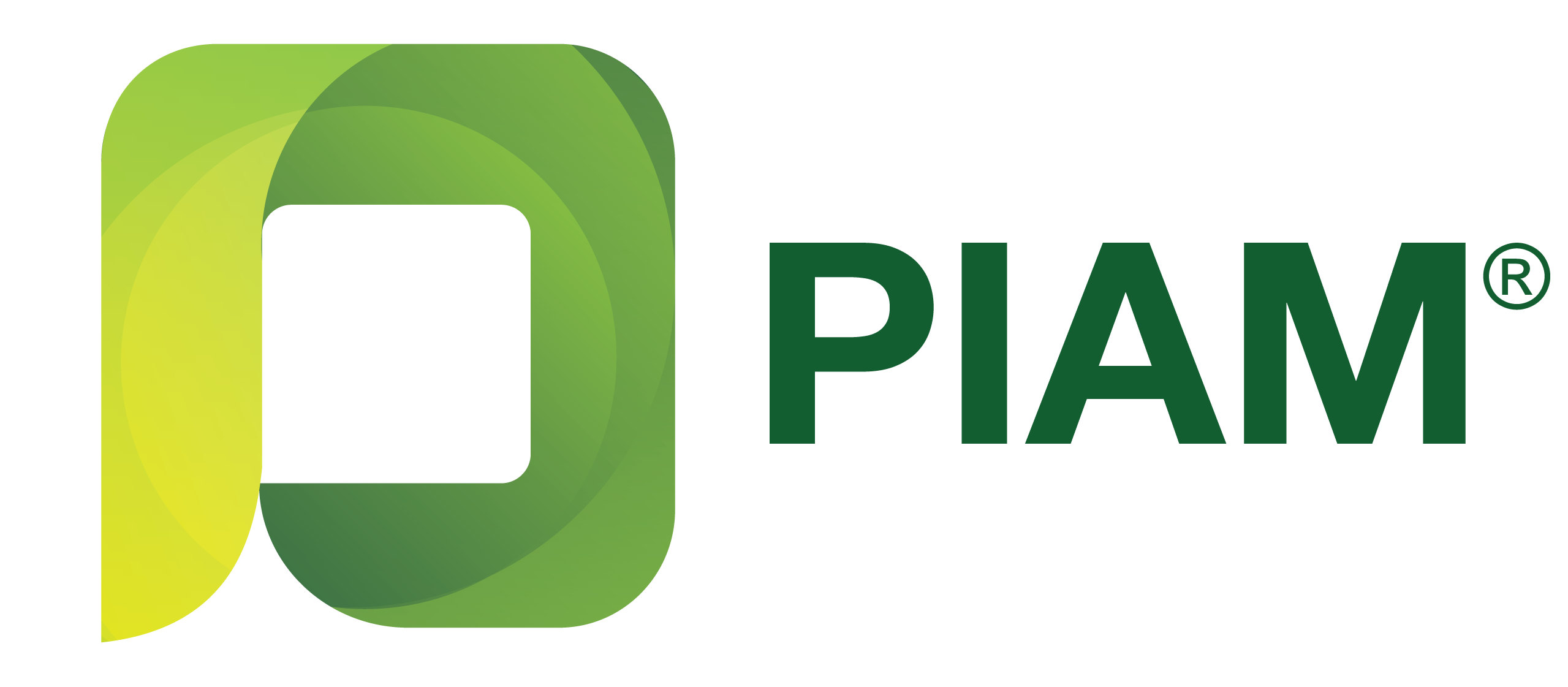Share Now
Kuala Lumpur, 23 Feb 2017 – Growth in the general insurance industry tapered to 1.1% in 2016, with gross written premium income reaching RM17.67 billion. This was half the 2.2% growth rate achieved in 2015.
Motor insurance grew marginally by 0.8% maintaining its dominant share of the overall market at 46.2%. Motor premiums stood at RM8.17 billion in 2016 compared with RM8.09 billion in 2015. Fire insurance remains the second largest class with a market share of 18.5% and recorded a 5.0% growth at RM3.27 billion for the year.
Medical and Health Insurance (MHI) surged 6.6% with gross written premiums reaching RM1.03 billion. This was a positive turnaround compared to the 4.0% decline in 2015. The Miscellaneous Class comprising Bonds, Liabilities, Engineering and Workmen’s Compensation registered a 1.7% growth with gross written premiums reaching RM2.35 billion.
Marine Aviation and Transit (MAT) insurance declined significantly by 7.8% with gross written premiums of RM1.56 billion due largely to the reduction in Marine Hull insurance and the contraction in the Oil & Gas sector. The Personal Accident class registered a reduction of 0.2% with gross written premiums of RM1.30 billion.
Overall the market was affected by weak consumer sentiments and sluggish external trade amidst growing uncertainties in the global environment. The marginal growth rate in the Motor class is indicative of the downturn in the automotive market last year. New vehicle sales plunged 13% to 580,000 going below 600,000 cars for the first time since 2009.
On the claims paid out by insurance companies, the overall Net Claims Incurred Ratio (NCIR) for the industry showed a dip from 56.5% in 2015 to 54.5% in 2016.
Motor insurance claims which amounted to RM5.02 billion in 2016 remains a key concern for the industry. This works out to a staggering RM13.8 million per day paid out in claims for property damage, bodily injury and vehicle theft by all the motor insurers. Serious road accidents often result in large claims involving death and injuries to motorists/passengers not to mention severe losses in both own and third party property damages. From statistics recently quoted by the Ministry of Transport, the total number of accidents recorded in 2016 was 521,466 compared to 489,606 in 2015 amounting to a 7% increase. Total deaths caused by road accidents also increased by 7% to 7,152 in 2016 compared to 6,706 in 2015.
PIAM has consistently promoted safe driving and road safety through its various campaigns held during the General Insurance Day commemoration and other public events. Motorists involved in accidents can continue to rely on the Accident Assist Call Centre (AACC) for help. This is a toll-free 24/7 nationwide hotline 1800-221188 which arranges for emergency roadside assistance like towing services and also provides information on insurance claims enquires. AACC offers peace of mind to all road users and prevents any unwanted third party intervention which can confuse or take advantage of victims at the scene of an accident. This service is now supplemented with a parallel hotline number 15-500.
Although every effort is made to ensure the public is aware of road safety, the role played by the law enforcement agency is extremely important. In this regard PIAM fully supports the Kejara System which will be introduced by JPJ soon. The demerit points systems to be implemented will compel drivers to exercise more care when driving on the roads.
Insurers’ claims costs have also been impacted by the Customs directive to disallow the claiming of Input Tax Credit on repairs of accident vehicles. PIAM has lodged repeated appeals to Customs on the basis that there is double taxation of GST in this regard as GST has already been paid on spare parts used for repairs. It has been highlighted that in addition to the repairer paying the GST on the spare parts, insurers have to absorb the GST when they pay repairers for their costs of repairs which includes the price of the spare parts.
On a positive note the industry recorded a decline of 20% in motor theft counts. The total number of stolen vehicles for all classes in 2016 amounted to 19,307 a reduction from 24,154 in 2015. PIAM would like to commend the Police (PDRM), Customs and other law-enforcement agencies for their steadfast commitment and collaborative efforts working closely with the Vehicle Theft Reduction Council (VTREC). VTREC is a multi-stakeholder organization set up by PIAM comprising governmental agencies and the insurance industry to combat vehicle theft.
The industry is also working on a Fraud Intelligence System (FIS) to combat insurance fraud in Malaysia. This is an industry-wide initiative with the participation of all member companies. It uses advanced data analytics to detect fraud in the market. FIS will be deployed in phases and is targeted to go live in the third quarter of 2017.
PIAM Chairman, Mr. Antony Lee said that the Phased Liberalization of the Motor and Fire Tariffs announced by Bank Negara Malaysia in June last year will transform the insurance landscape in the country. Together the two classes account for 65% of the general insurance market and will impact individuals, households and business owners nationwide. PIAM will work closely with Bank Negara Malaysia to ensure an orderly transition to a liberalized environment. A National Consumer Education Campaign will be rolled out soon to raise awareness on the Phased Liberalization with focus on its objectives, benefits and expected outcomes.
Chairman Lee added that it would be important for consumers to be aware of their insurance needs and risk profiles. In this way they can make informed decisions given the wide choice of products and covers. They should shop around for the products that would best serve their needs. Consumer engagement and empowerment will be the key differentiating factors in an open and highly competitive marketplace.
Chief Executive Officer Mark Lim said “In the first phase of the liberalization which started from July last year, insurers have been allowed to introduce new motor and fire products, and price them at market rates. These new products are subject to a review of the policy wordings, definitions and terminologies by PIAM to ensure consistency and avoid confusion amongst consumers. Subsequent approval from BNM on the pricing is required before the products are launched to the public.”
On human capital and talent attraction, PIAM’s General Insurance Internship for Talent (GIIFT) project which was launched in July 2015 achieved commendable results. A total of 154 university undergraduates of various study disciplines are completing or have completed their 3-months internship at the member companies. These young interns are exposed to both the front line and back-end operations of a general insurance company providing them with a first-hand look at what the industry has to offer. There has been positive feedback received from the under-graduates and so far 19 of them have joined the industry upon graduation. More are expected to choose general insurance as their career of choice when they graduate.
Moving forward PIAM expects the operating environment for 2017 to be as challenging as the previous year given the ongoing uncertainties in the external environment and a less than buoyant economy. A low growth rate is likely to prevail for the year ahead.

